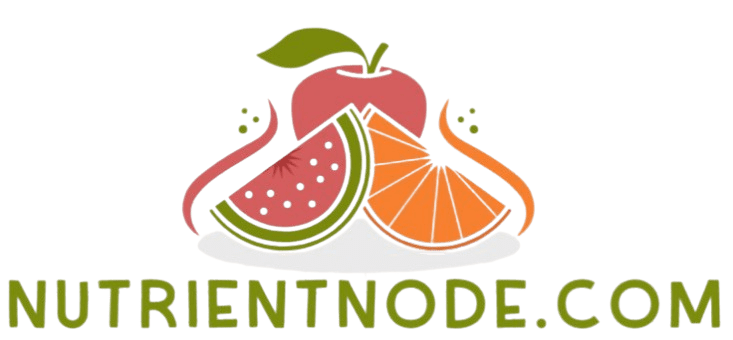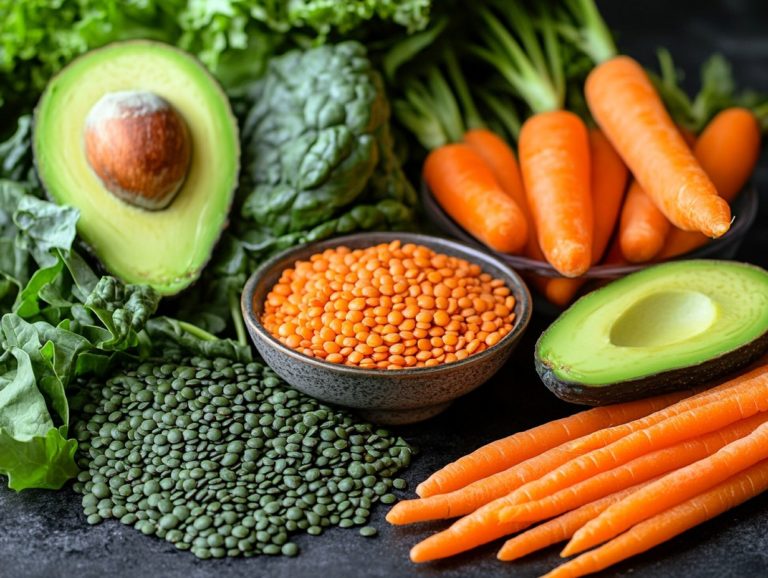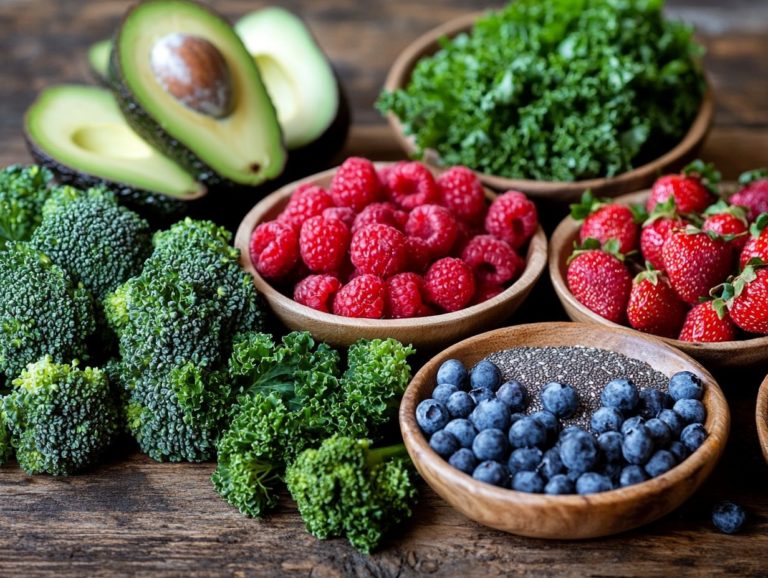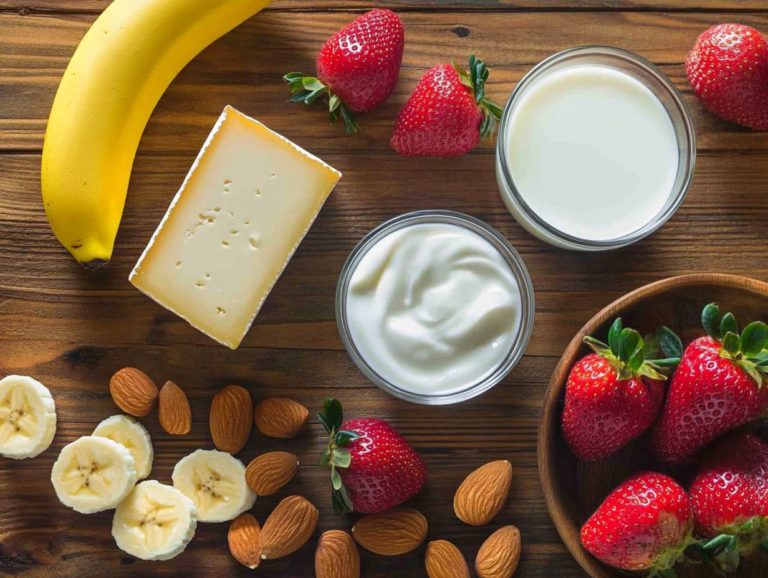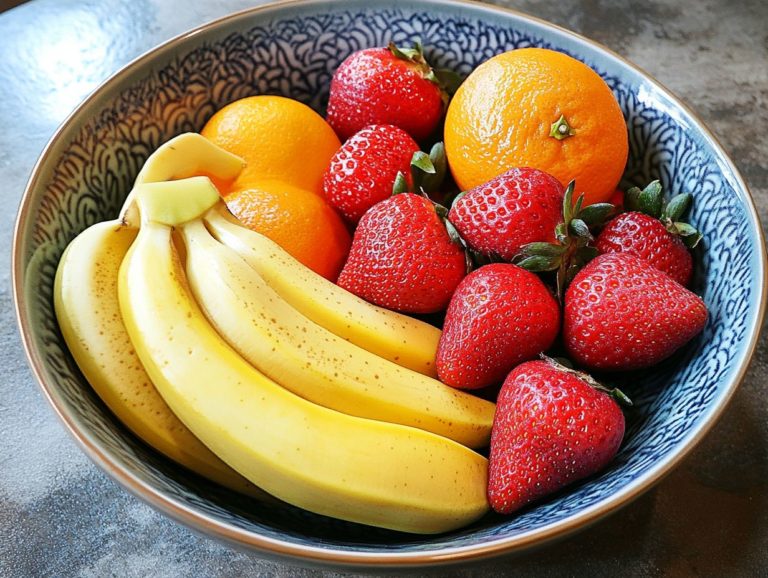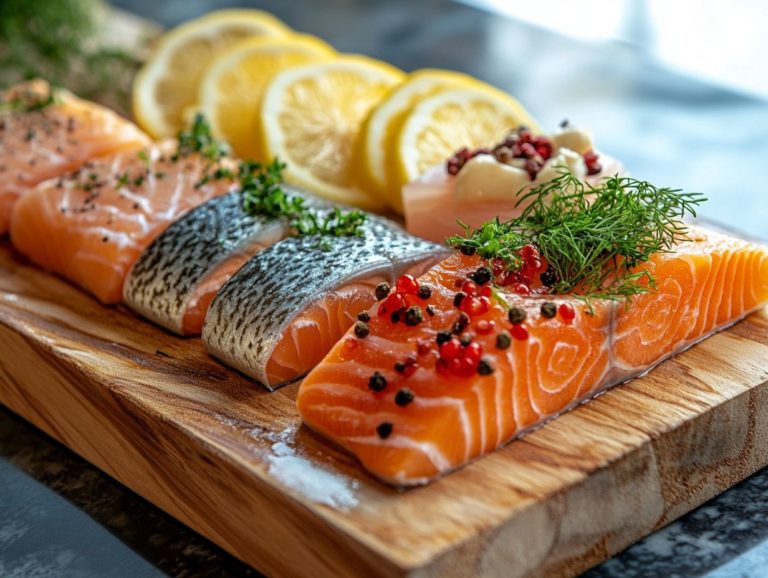5 Foods That Are Great Sources of Fiber
Fiber is an essential component of a healthy diet, yet you might find yourself falling short of your daily requirements. Ready to enhance your meals? Let s dive into five fiber-rich foods that will boost your health!
Incorporating fiber-rich foods into your meals can elevate your digestive health, help you feel satisfied for longer, and support your heart’s well-being. You ll explore fantastic foods that are packed with fiber, along with insights on what fiber is, why it s vital for your health, and practical tips for seamlessly adding more of it to your diet.
Prepare to uncover delicious ways to enhance your meals while enjoying the myriad benefits of fiber!
Contents
- Key Takeaways:
- 1. Avocados
- 2. Chia Seeds
- 3. Lentils
- 4. Broccoli
- 5. Berries
- What Is Fiber and Why Is It Important?
- Frequently Asked Questions
- Which foods are high in fiber?
- How much fiber should I aim to consume in a day?
- What are the benefits of consuming foods high in fiber?
- Are there any specific types of fiber that I should be including in my diet?
- Can I get enough fiber from supplements instead of food sources?
- What are some easy ways to add fiber-rich foods to my daily meals?
Key Takeaways:
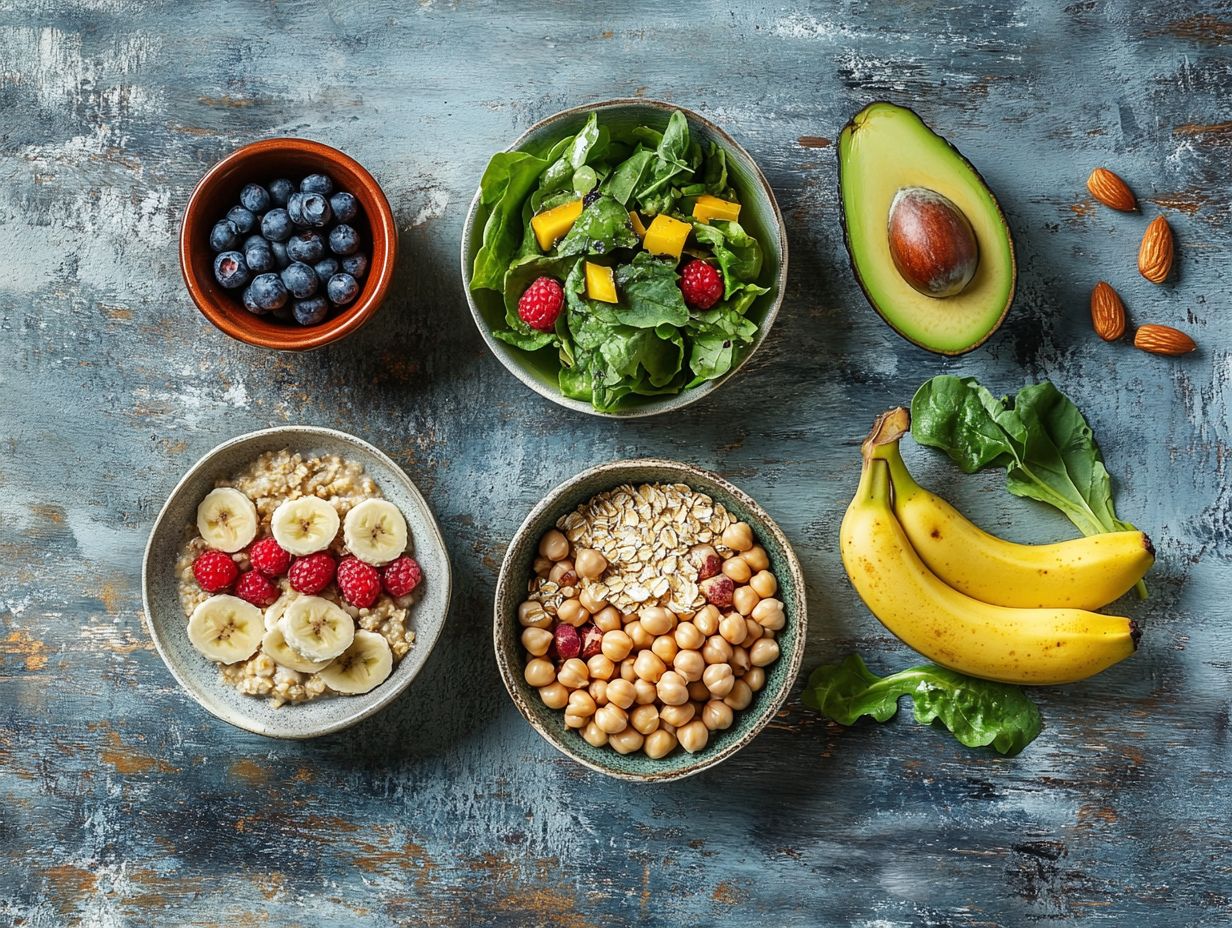
Avocados are not only delicious, but also a great source of fiber with 9 grams per avocado. Chia seeds are packed with 10 grams of fiber per ounce and can easily be incorporated into various meals, including smoothies and oatmeal. Lentils are a plant-based protein source with 15.6 grams of fiber per cup, making them a nutritious and filling addition to any meal.
1. Avocados
Avocados are a delicious food and a nutritious powerhouse overflowing with fiber. Just one avocado contains around 10 grams of fiber, crucial for digestive health and weight management.
Make avocados a staple in your daily diet to significantly advance your fiber goals while reaping additional health perks, like lowering cholesterol and reducing heart disease risk.
Beyond their impressive fiber content, avocados are brimming with unique nutrients such as potassium, magnesium, and essential vitamins that support overall well-being. Their creamy texture lends versatility, making them an ideal ingredient for everything from smoothies and salads to spreads and dips.
Compared to other fiber-rich options like apples or whole grains, avocados offer more fiber per serving while delivering heart-healthy monounsaturated fats. This makes them an exceptional choice for maintaining a balanced diet.
By incorporating these fruits into your meals, you ll enjoy enhanced satiety and improved digestion, turning eating into a more enjoyable and healthful experience.
2. Chia Seeds
Chia seeds may be small, but they pack a powerful nutritional punch. With about 11 grams of fiber per ounce, they re an excellent addition to any high-fiber diet.
These tiny seeds are rich in soluble fiber, a type of fiber that helps control blood sugar and supports heart health. By forming a gel-like substance in the digestive tract, soluble fiber helps lower cholesterol and reduces the risk of heart disease.
Incorporating chia seeds into your daily meals is a breeze. You can blend them into smoothies for a creamy texture, stir them into yogurt for a delightful crunch, or include them in baked goods to elevate their nutritional value.
You can easily boost your fiber intake by adding chia seeds, while savoring a variety of delicious dishes.
3. Lentils
Lentils stand out as an exceptional source of fiber, providing around 15.6 grams of fiber per cooked cup. This makes them a vital addition to any high-fiber diet and a fantastic meat alternative for protein.
Their high fiber content not only supports digestion but also plays a crucial role in heart health by helping to lower cholesterol levels. When you consume lentils, you may notice improved heart health, as they can assist in regulating blood pressure and reducing inflammation.
You ll find countless ways to enjoy lentils; they can be cooked into hearty soups, transformed into savory stews, or tossed into salads.
For an even more nutritious option, consider combining lentils with other fiber-rich foods like beans and peas. This creates wholesome meals that are both satisfying and beneficial for your overall well-being.
Don t wait! Incorporate these fiber-packed foods into your meals today and enjoy the benefits!
4. Broccoli

Broccoli is not just a delightful vegetable; it’s a nutritious vegetable, packed with about 5 grams of dietary fiber per cup. This fiber helps digestion and supports your overall health.
Eating broccoli can lower your risk of heart disease. Its fiber content helps lower cholesterol, which is crucial for heart health.
Enjoy broccoli in many ways. Steam it to preserve nutrients or toss it into stir-fries for that perfect crunch.
Add raw florets to salads or blend them into smoothies for a nutritious boost. Making broccoli a regular part of your meals is effortless and delicious.
5. Berries
Berries, like strawberries and raspberries, aren’t just tasty; they offer about 8 grams of fiber per cup. These fruits are a great addition to any high-fiber diet.
Adding these vibrant fruits to your meals boosts your health, thanks to their antioxidants that protect your cells from damage.
Blend them into smoothies for a refreshing breakfast or toss them into salads for flavor and nutrients. Fresh berries are perfect for quick snacking, satisfying cravings while boosting your fiber intake.
Mixing them into yogurt or oatmeal adds delightful texture and flavor. You can meet your nutritional goals without sacrificing taste!
What Is Fiber and Why Is It Important?
Fiber is essential for a healthy diet and comes in two main types: soluble and insoluble. Both are crucial for digestion, weight management, and reducing heart disease risk.
Soluble fiber lowers cholesterol, while insoluble fiber supports regular bowel movements. It’s important to get enough fiber from fruits, vegetables, whole grains, and legumes.
Understanding fiber helps you make better dietary choices. The recommended daily intake is about 25 grams for women and 38 grams for men, but many people fall short.
Oatmeal, beans, and avocados are fantastic sources of soluble fiber that help maintain balanced cholesterol and stabilize blood sugar. Whole grains, nuts, and fruit skins provide insoluble fiber for digestive regularity.
Incorporating a variety of fiber-rich foods into your meals helps you meet daily requirements and gain health benefits.
How Much Fiber Do You Need in a Day?
Daily fiber needs vary by age and gender. The USDA recommends adults aim for 25 to 38 grams each day for good health.
Children need about 19 to 25 grams, while seniors should target around 30 grams to support digestion and heart health.
To meet these goals, add whole grains, fruits, vegetables, legumes, and nuts to your meals. A serving of fruit or a cup of beans can significantly boost your fiber intake.
Increase your fiber gradually, introducing fiber-rich foods one at a time to avoid digestive discomfort. Staying hydrated is equally important and aids digestion.
What Are the Health Benefits of a High-Fiber Diet?
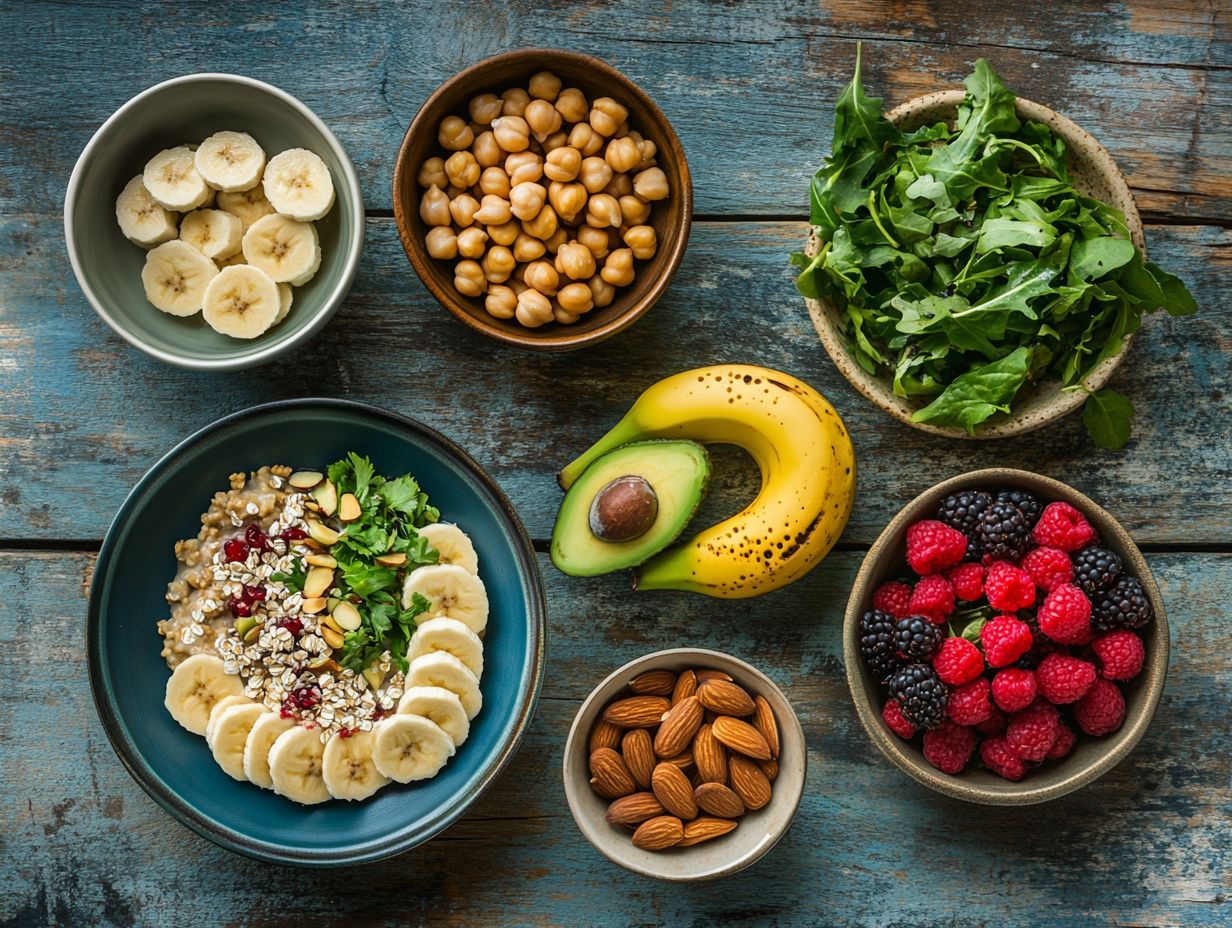
Adopting a high-fiber diet can offer many health benefits, such as lowering cholesterol levels, reducing the risk of heart disease, and helping you manage your weight. This makes it an essential pillar of your overall health strategy.
Research indicates that when you consistently include fiber-rich foods think whole grains, fruits, and legumes in your meals, you may experience remarkable improvements in your digestive health. For example, a study published in the American Journal of Clinical Nutrition revealed that increasing your fiber intake could reduce the risk of developing certain chronic diseases, like type 2 diabetes and colorectal cancer, by up to 30%.
The soluble fibers found in oats and beans, a type of fiber that dissolves in water, are particularly beneficial for regulating blood sugar levels, which contributes to better health related to how your body uses food. They also help you feel full, making it easier for you to manage your weight effectively.
How Can You Incorporate More Fiber into Your Diet?
Incorporating more fiber into your diet can be a straightforward yet impactful way to enhance your overall health. You can achieve this by gradually increasing your fiber intake through delicious, fiber-rich foods like fruits, vegetables, whole grains, and legumes.
You can make small changes to significantly boost your fiber consumption. Opt for whole grain bread instead of white or add a handful of beans to your favorite soup or salad. Snacking wisely on fruits, nuts, or seeds can also be a delightful way to integrate fiber into your daily meals.
Just remember to introduce these foods slowly, allowing your body to adjust and minimizing any potential digestive discomfort. Make simple shifts in your meals for lasting benefits and enjoy a richer, more satisfying diet.
What Are Some Other Sources of Fiber?
Beyond fruits and vegetables, you’ll find a wealth of fiber sources that can elevate your diet. Incorporating the best sources of dietary fiber for gut health, such as whole grains, legumes, and nuts, not only offers varying amounts of dietary fiber but also brings additional health benefits to the table.
Take oats, for example. They re a stellar choice, delivering about 4 grams of fiber per cooked cup. You can effortlessly incorporate them into your breakfast routine as oatmeal or blend them into smoothies for that delightful creamy texture.
Then there’s quinoa, a versatile grain that serves up around 5 grams of fiber per cooked cup. It makes an excellent base for salads or can shine as a side dish. And let s not forget barley, which boasts about 6 grams per cup and works wonders in soups and stews.
If you re looking for a snack, edamame is both protein-rich and offers around 8 grams of fiber per cup. A handful of almonds, packing 3.5 grams of fiber per ounce, can satisfy your midday cravings or be sprinkled into yogurt for added crunch.
With these diverse options, you re well on your way to enjoying a well-rounded, high-fiber diet.
Frequently Asked Questions
Which foods are high in fiber?
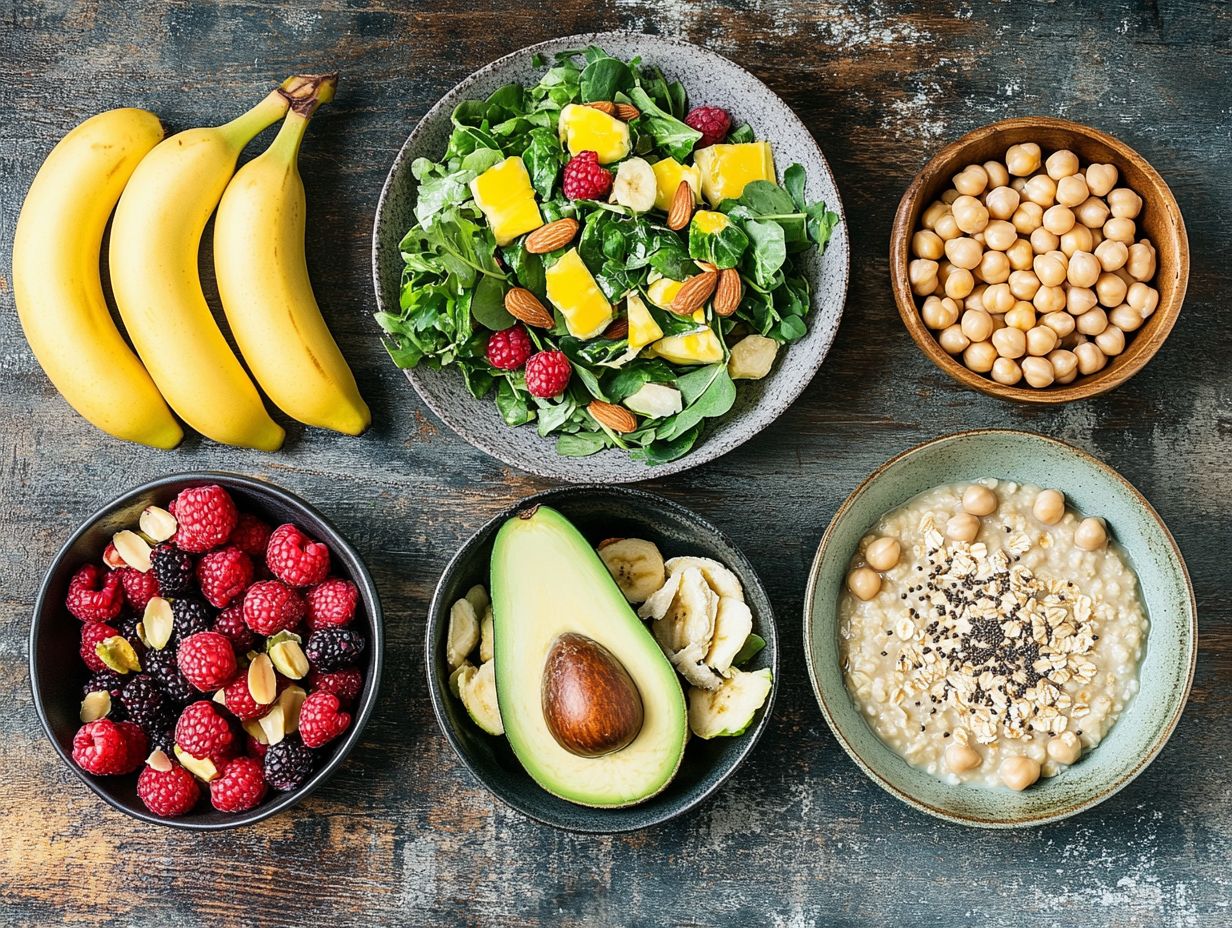
Some examples of foods that are great sources of fiber include whole grains, fruits high in fiber, vegetables, legumes, and nuts.
How much fiber should I aim to consume in a day?
The recommended daily intake of fiber is 25 grams for women and 38 grams for men. However, this may vary depending on age, gender, and overall health.
What are the benefits of consuming foods high in fiber?
Fiber has many important health benefits, including promoting regular bowel movements, reducing the risk of chronic diseases like heart disease and diabetes, and aiding in weight management.
Are there any specific types of fiber that I should be including in my diet?
There are two types of fiber: soluble and insoluble. Both types are important for a healthy diet, as they have different functions in the body. Soluble fiber can help lower cholesterol levels, while insoluble fiber helps with digestion and prevents constipation.
Can I get enough fiber from supplements instead of food sources?
While fiber supplements can be beneficial, it is best to get your daily fiber intake from whole foods. Whole foods provide not only fiber but also essential vitamins, minerals, and other nutrients that are important for overall health.
Start your journey to better health today by embracing a high-fiber diet! Share your favorite high-fiber recipes or tips with us!
What are some easy ways to add fiber-rich foods to my daily meals?
Incorporating fiber-rich foods is simple and rewarding. Try adding berries and nuts to your breakfast oatmeal.
Snack on fresh fruits and veggies throughout the day. You can also replace white rice with quinoa or brown rice for a healthier option.
Don’t forget about legumes! They can enhance soups and salads, making them more filling and nutritious.
